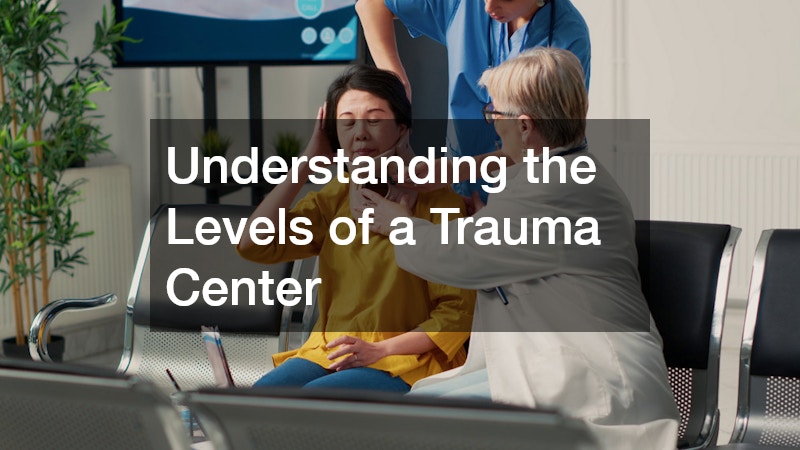
This article aims to shed light on the various levels of a trauma center, highlighting their differences and explaining how they function within our healthcare system. Understanding these levels is crucial for both medical professionals and the general public, as it influences decision-making during emergencies.
Trauma centers across the United States are designated from Level I to Level IV/V, indicating their ability to handle severe and complex cases. Each level is determined by specific criteria such as the availability of certain specialists and resources.
Video Source
Regulatory bodies, including the American College of Surgeons (ACS), define and verify these levels to ensure consistent care nationwide.
The primary distinction between levels is the range of services offered, with Level I being the most comprehensive, offering the highest caliber of care and a full array of specialists available at any time. Levels II and III provide varied, but lesser, capabilities in terms of available specialties and emergency services. Level IV/V centers, often in rural areas, stabilize patients for transfer to higher-level facilities.
These designations enable efficient patient transport, ensuring those with the most critical needs receive appropriate medical interventions promptly. The stratification of trauma center levels creates a structured approach to handling trauma, balancing resource availability with urgent medical care needs. This categorization informs both ambulance routing and patient decision-making, optimizing outcomes through strategic triage.
Level I trauma centers stand out due to their capability to deliver 24-hour in-house surgeon availability, ensuring rapid response to critical cases. The comprehensive nature of services includes advanced imaging facilities alongside a broad spectrum of specialists in neurosurgery, orthopedics, and other critical areas, facilitating round-the-clock care. A Level I center often serves as a regional resource for trauma care, playing a vital role in healthcare systems.
In addition to immediate trauma care, Level I centers engage in educational and research opportunities, contributing to ongoing improvements in trauma treatment practices. Their role extends beyond patient care, impacting the broader medical community through training and research. This commitment to advancement fosters innovation and raises the standard of care not merely locally, but globally.
While Level II centers also provide a high level of acute care, they may lack some of the research capacity and specialist availability of Level I facilities. Maintaining such comprehensive resources allows Level I centers to treat the most critical cases in-house, addressing complex needs immediately within one facility. This distinction is critical for optimizing patient trajectories and improving survival rates in life-threatening situations.
Correctly choosing a trauma center level can significantly impact patient outcomes, particularly in cases of severe injuries where every minute counts. The prompt availability of specialized care and resources at higher-level trauma centers correlates with improved survival rates and recovery times. Factors such as staff expertise and available technology contribute to the effective management of urgent health crises.
Having immediate access to a full spectrum of trauma services at a Level I center can dramatically alter the outcome for critical patients by providing immediate and comprehensive care. Conversely, a less severely injured patient might be properly managed at a lower-level center to optimize resource allocation. Understanding these nuances ensures that trauma victims receive the required level of care at the right time, potentially reducing secondary complications.
The decision to transport patients to appropriate centers depends on injury mechanism, ongoing assessment of the patient's condition, and resource availability, as mismatched care levels can strain healthcare resources and adversely affect patient care. This triage ensures that patients receive care aligned with their medical needs and the resources necessary to address them fully. The effectiveness of such a system ultimately hinges on informed decisions and seamless coordination in the healthcare infrastructure.
The distinctions between trauma center levels play a vital role in emergency health care, influencing the management and outcomes of critical injuries. By understanding the operational differences and selecting the right facility during emergencies, better patient care and outcomes can be achieved. Increased awareness and education surrounding these trauma designations can improve public health responses and ultimately save lives, reinforcing the importance of efficient healthcare systems.
